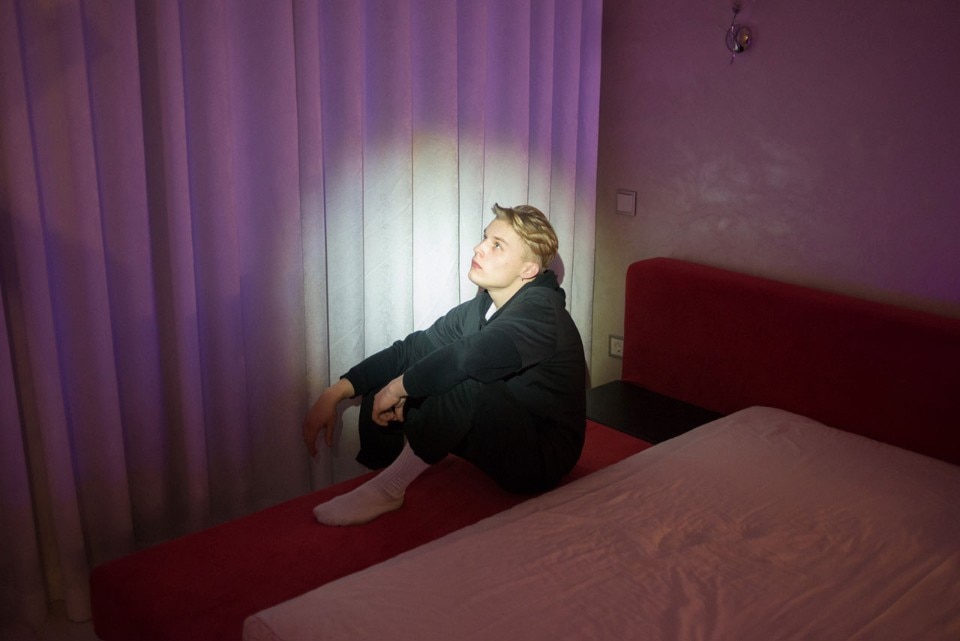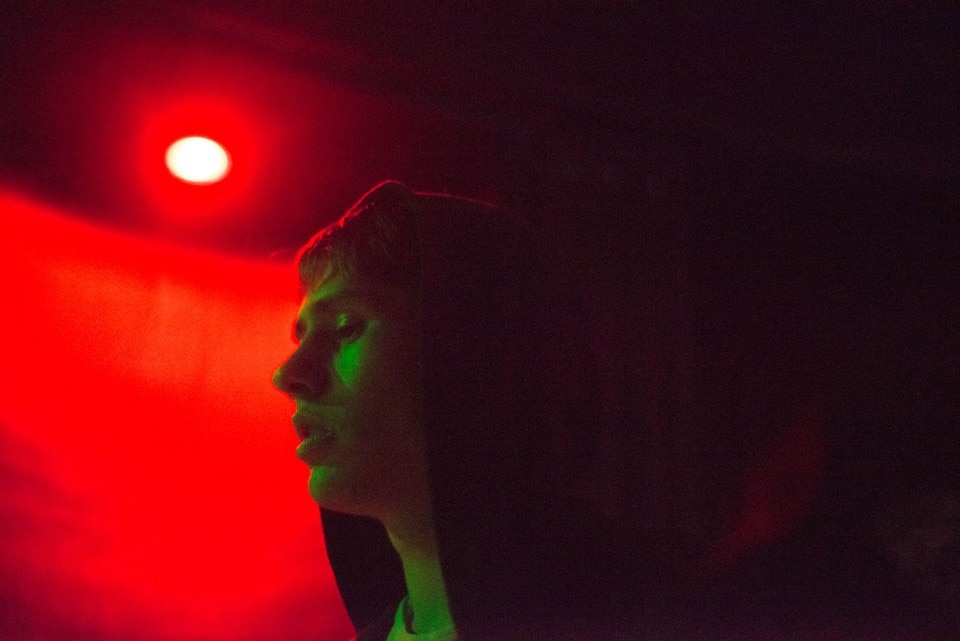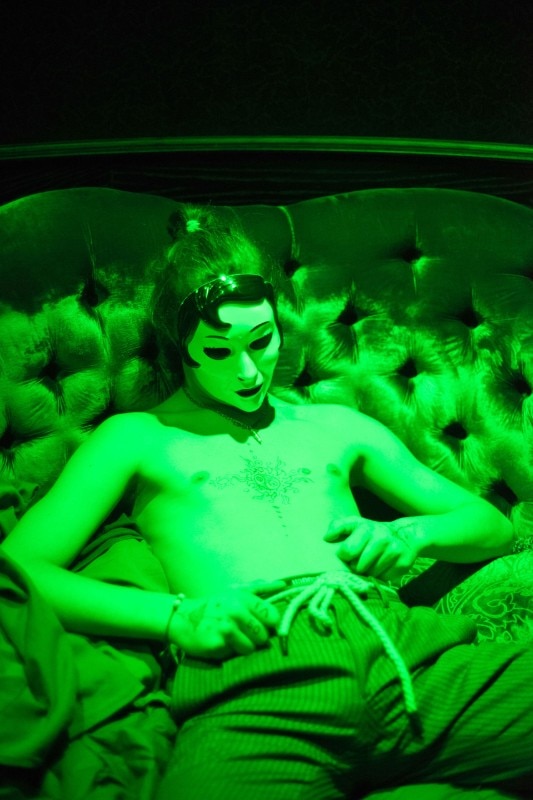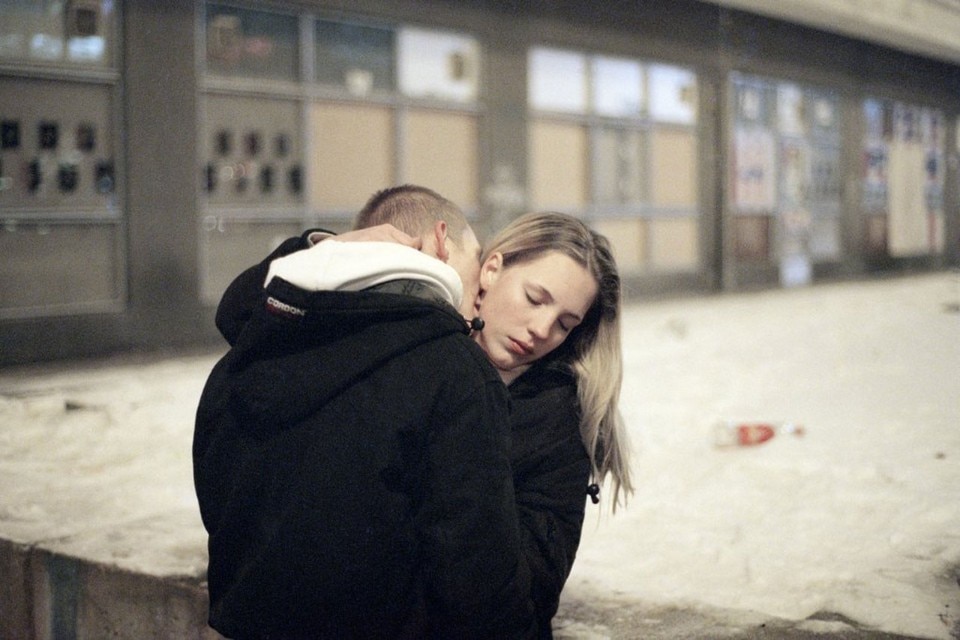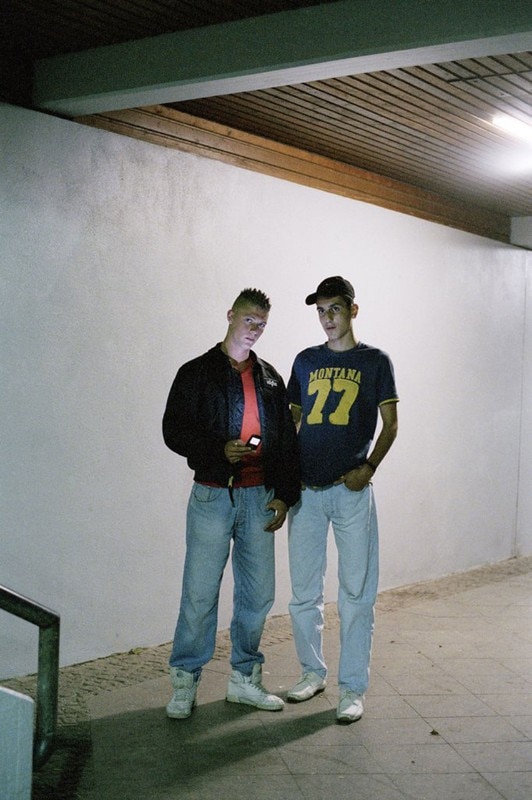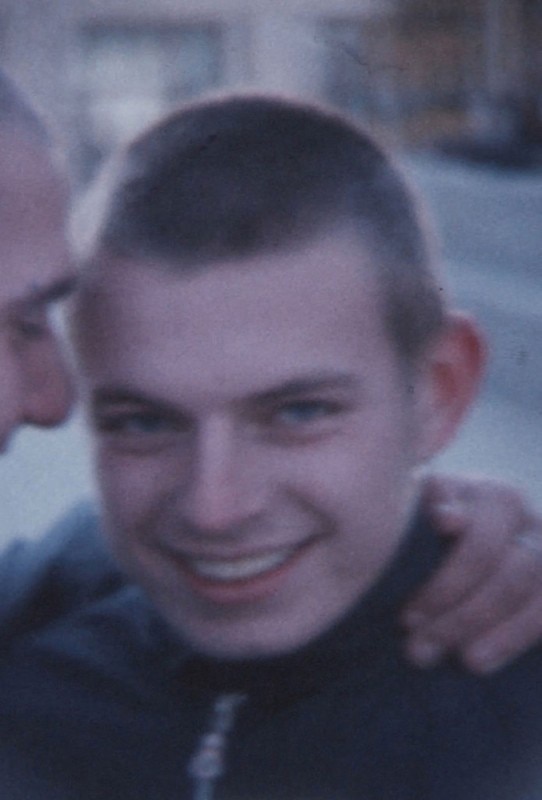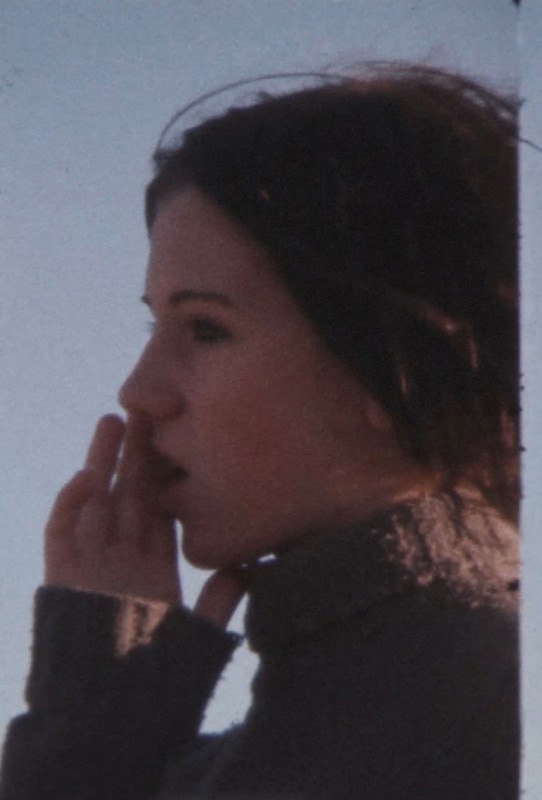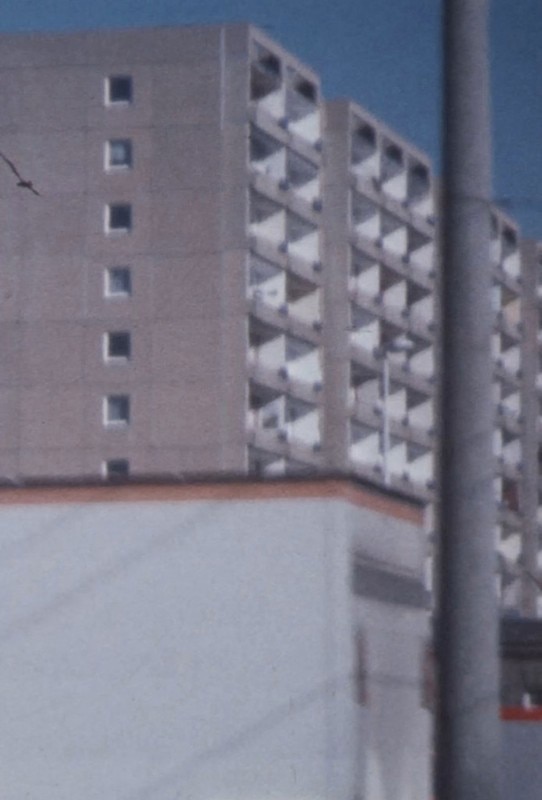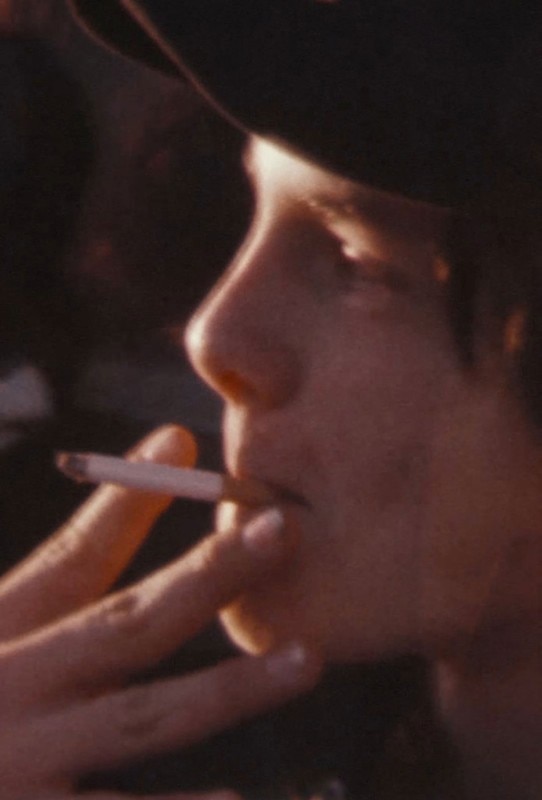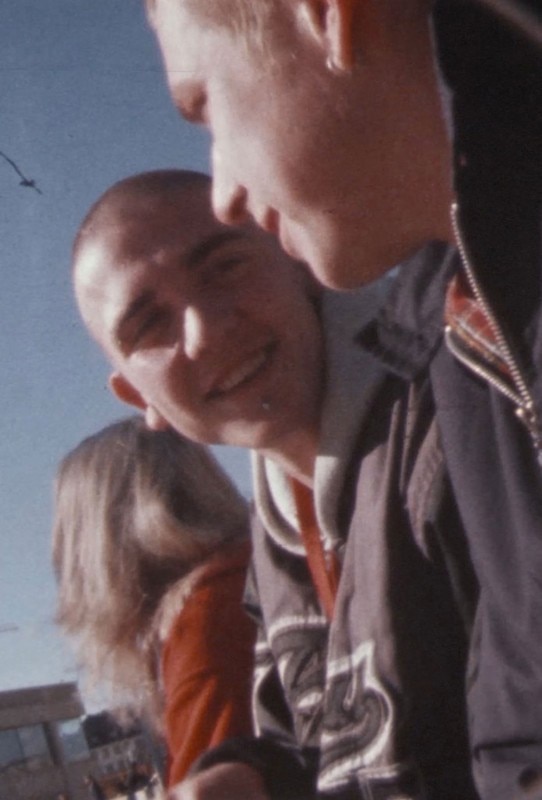“Maskirovka”, the title of the exhibition by Tobias Zielony at the Lia Rumma Gallery in Milan, is the word that was used in ex-Soviet Union countries to indicate a military practice based on covert strategies and camouflage, aimed at confusing the enemy. The term has now been adopted to describe the tactics used by Russia in the complex political situation in the Ukraine. The artist compares these power strategies to the subversive methods of masking practised by young Ukrainians in order to create new hybrid identities in response to a European and global social crisis. Zielony’s attention is focused on the LGBTQI and techno scene of the young people of Kiev who find a revolutionary aspect in leisure and the loss of control.
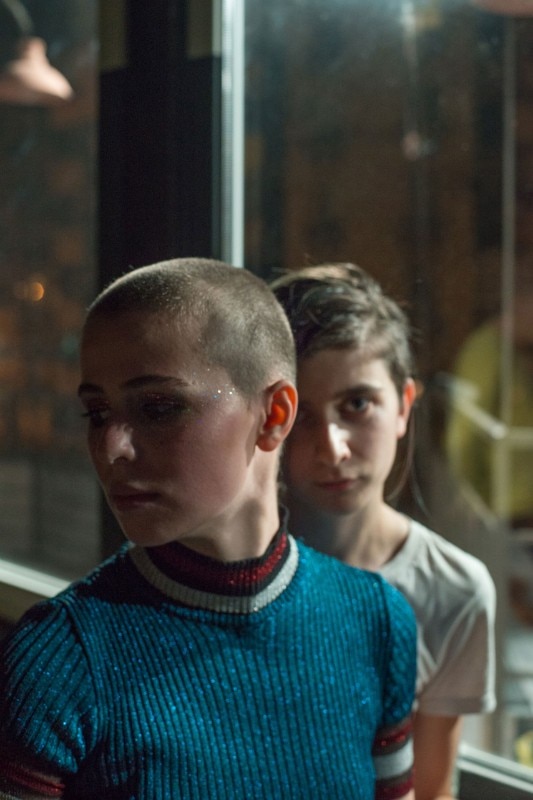
At the entrance to the gallery, a video composed of two combined stop-motion projections occupies the large facing wall, leaving the internal space empty. Masked dancing figures pass silently in rapid succession. The images escape the viewer, appearing just for a fraction of a second. The observer experiences a process in constant movement which represents a continuous form of escape, rejecting all forms of definition and external control.
On the upper floor we find portraits of individuals, groups or elements from the urban context frozen in photographic icons. Kiev emerges under a nocturnal light. The architectural environment changes continuously, from the interior of a room to the exterior of a colossal spaceship-shaped building. The city becomes a place of experiences, the theatre of this ritual of personal masking, which lasts for only a few moments.
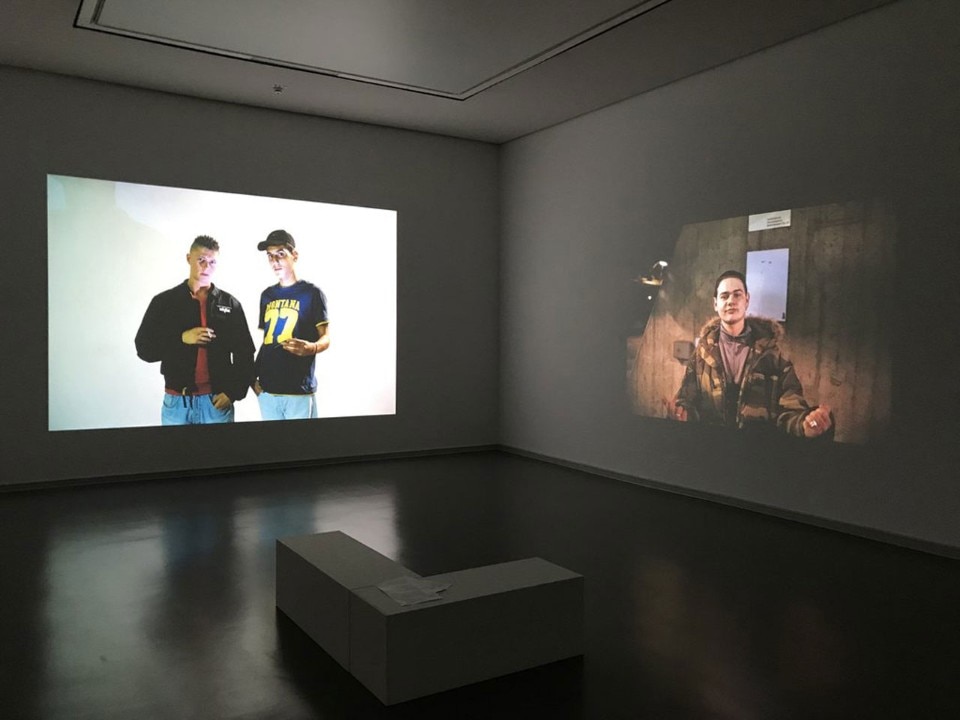
The camera appears, for Zielony, to be an instrument of investigation which neither translates nor describes reality, for the very reason that it rejects all forms of categorisation, just as the youth of Kiev who decide to define themselves thorough their style, their bodies and their gestures. Zielony’s shots do not make any affirmation, but they bring into question the idea of youth, a concept which apparently seems predictable, depicted as it is by fashion magazines and TV formats, and the aesthetics of which are a precise theme in the work of the artist. However, the so-called youth culture, as explained by the music critic and journalist John Savage in his book Teen, published in 2007, is a creation which can be dated back to the period between the end of the nineteenth century and the beginning of the twentieth, with the emergence of the ideology which has characterised recent history and present times.
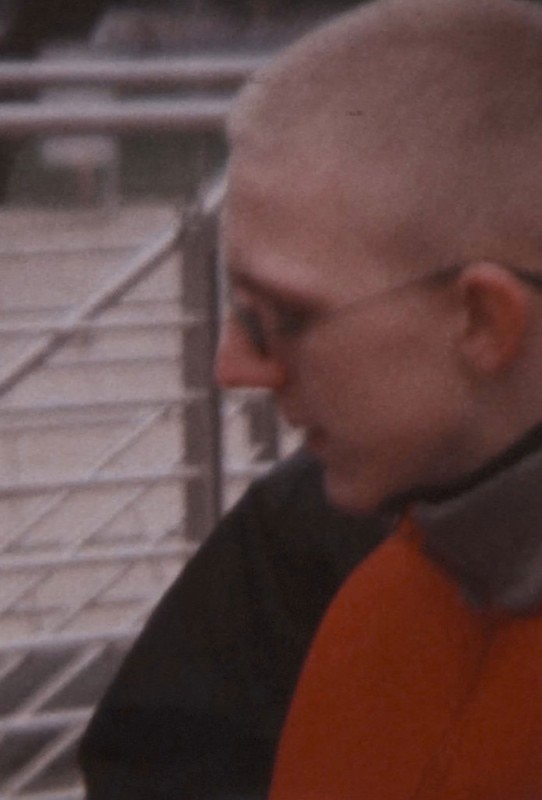
The idea of youth as a study of time and history comes through in the works presented on the second floor of the gallery (Haus der Jugend and Alles (Chemnitz)). These works show us a Germany which emerged from the division of the Berlin wall. The post-re-unification social and political limbo is translated metaphorically through images of young people in various situations and in different German cities. In these shots, presented through a double slide show and a film in Super 8, the images of youth seem to mark time. A past time which speak of the present, constantly alluding to a propagandist idea of a future which is yet to come and which may never arrive.
Based on archive material rediscovered and re-used after 15-20 years, the photographs of these works involve not only the artist, but also the spectator, having lived the transition from analogical to digital.
These technological changes have conditioned the representation of the self. In the photographs from this second group of works, we find elements from the recent past, but the subjects distance themselves significantly from the youths of Kiev portrayed in 2016-2017. The German youngsters seem less posed and less aware of the final image that will represent them. Among the various photographs selected for the slide-show, Tobias points out to me that he has chosen one in which a young man, photographed from behind, takes a “selfie” of a friend, using one of the first mobile phone models to have a built-in camera. This photograph, depicting a situation which is now practically outdated, shows both the identity which chooses its own definition (perhaps unwittingly), and the fleeting moment of an action and an era which passes and disappears.
- Exhibition title:
- Tobias Zielony – Maskirovka
- Opening dates:
- 1 March – 14 April 2018
- Venue:
- Galleria Lia Rumma
- Address:
- via Stilicone 19, Milan


